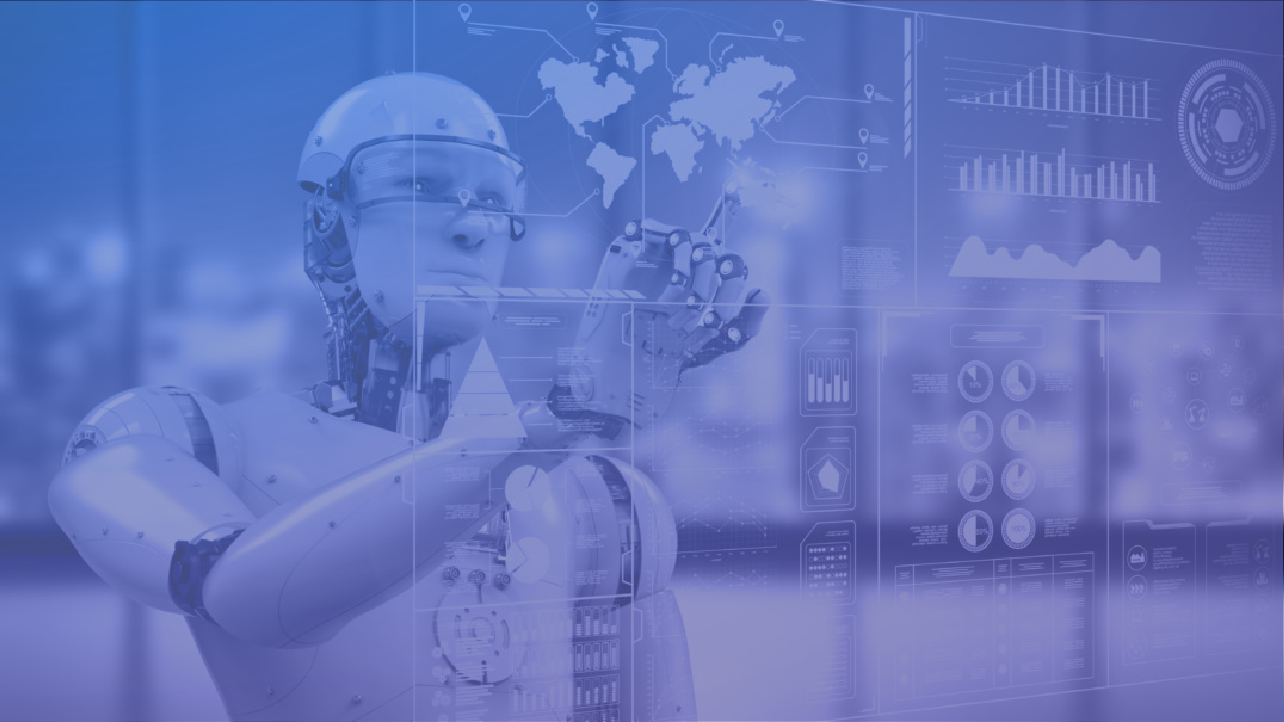Building the Cognitive Enterprise with AI

Enterprise Cognitive Computing (ECC) is about using AI to enhance operations through better decision making and interaction. In fact, this is how the impact of AI is maximized by directly influencing operational efficiency and customer experience.
Implementations of enterprise cognitive computing are a natural combination of digital, data, and enterprise integration. That’s simply because the insights we generate must reach the target application points, and then they must be used by digital means.
In this blog we will outline a few real-life use cases and then discuss the key enablers of Enterprise Cognitive Computing.
Use Cases
Customer Experience
One of the key focus areas for Ignitho is helping media publishers engage customers better. As business pressures mount, the need to generate new revenue models and provide customers with highly personalized experiences is becoming vital.
Given the large trove of zero and first party data, enterprise cognitive computing can generate the contextual information needed to provide unique experiences to customers. In addition, while the traditional analytics use cases have been to show customers what they have seen before and liked, perhaps differentiation can be created by capturing appropriate zero party data to do something different and hyper personalized to an audience of one.
These stated customer requests captured as zero-party data can then be channeled into the algorithms to present a better overall experience, all the while monitoring customer receptiveness and continuously refining their journeys by improving our interactive digital capabilities.
Operational Improvements
Improvements in natural language processing (NLP) have opened the door to substantial efficiency improvements.
For example, incoming customer remarks and comments are often parsed manually to a high degree. Now, better AI capabilities (NLP) and integration with enterprise systems to build full context will allow increased levels of automation. Not only does this reduce costs, but it also increases customer experience significantly.
Similarly, improvement in automated fraud detection and suggestions of next best actions are resulting in customer service teams becoming much for efficient and empowered.
As a result of enterprise cognitive computing, our customer interaction channels can be more responsive. They can also be made more interactive through the use of conversations agents such as chatbots.
Key Enablers of Enterprise Cognitive Computing
While being AI led is the core of Enterprise Cognitive Computing, it is really a strategic combination of AI, data management, enterprise integration & automation and digital engineering.
Artificial Intelligence (AI)
: Advances and implementation of AI techniques is no doubt the tip of the iceberg and critical to the success of enterprise cognitive computing capability. With advances in natural language processing (NLP) and machine learning, the data and context of operations can be much better understood and acted upon.
We have an abundance of talent that is leading to creation of advanced analytical models for various uses, testing them, and generating insights for almost every area of business across the customer lifecycle – attracting, acquiring, servicing, and retaining.
Data management:
This can be considered to be the backbone of enterprise cognitive computing. Successful implementation of AI needs high-quality, diverse, and consistent data.
Modern data management techniques such as building a Customer Data Platform (CDP) to creating enterprise-wide data pipelines are helping organizations to cope with the enormous amounts of data being generated.
Ignitho has a comprehensive 5 step data management framework to address this issue.
Digital Engineering:
You can consider digital engineering to be the channels through which insights are propagated to the systems of engagement. These could be conversational agents on the website or plugin within portals that allow customer service or operations to work better and faster.
As digital tools and technologies become more widely available, selecting those that meet the needs of your enterprise in the best way possible is crucial. Through its product engineering offering aided by its innovation labs.
Ignitho can rapidly enable experimentation with emerging tech along with microservices and API-based architectures to promote agility and composability.
Integration & Automation:
Consider this as the plumbing of your enterprise. To create robust data pipelines or a data fabric, it should be possible to create an enabling architecture. Enterprise integration enables that to happen.
These integration techniques allow for applications to communicate with each other without having to build non-scalable, point to point integrations.
In addition, automation techniques such as Robotic Process Automation can bridge the time to market gap for new capabilities. That’s because while technological remediation of gaps in the business process (e.g. sending data automatically to another application) can be delayed because of costs and other factors, the intended results can still be achieved through a judicious use of RPA (robotic process automation).
An Exciting Future
Enterprise Cognitive Computing promises highly contextual experiences at scale. In order to tap into the full potential of this innovation, we must think strategically in terms of the entire gamut of data and technology enablers needed. In our Data Analytics Assessment here, we cover the end-to-end life cycle, so feel free to check it out and see where you stand.
